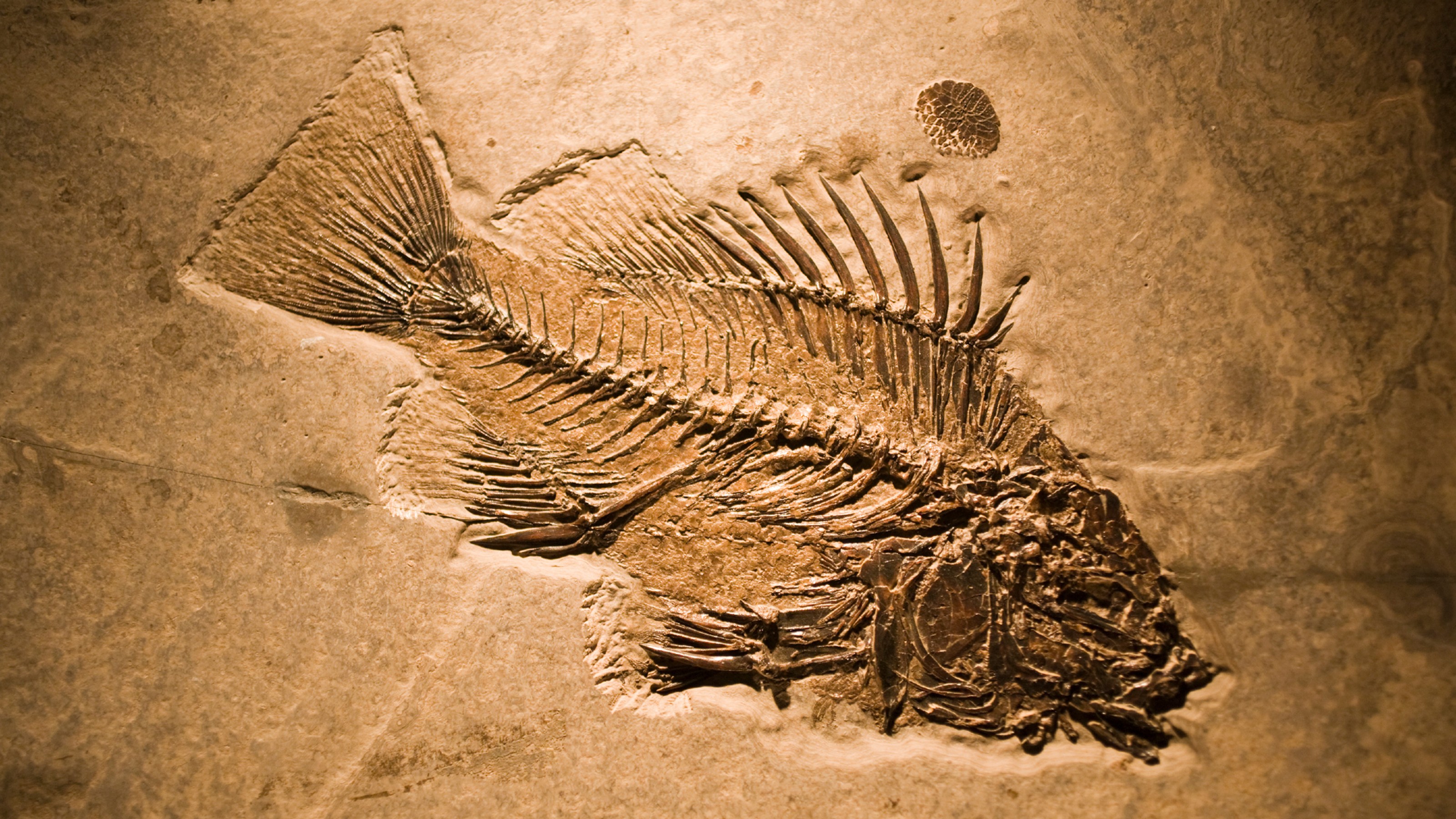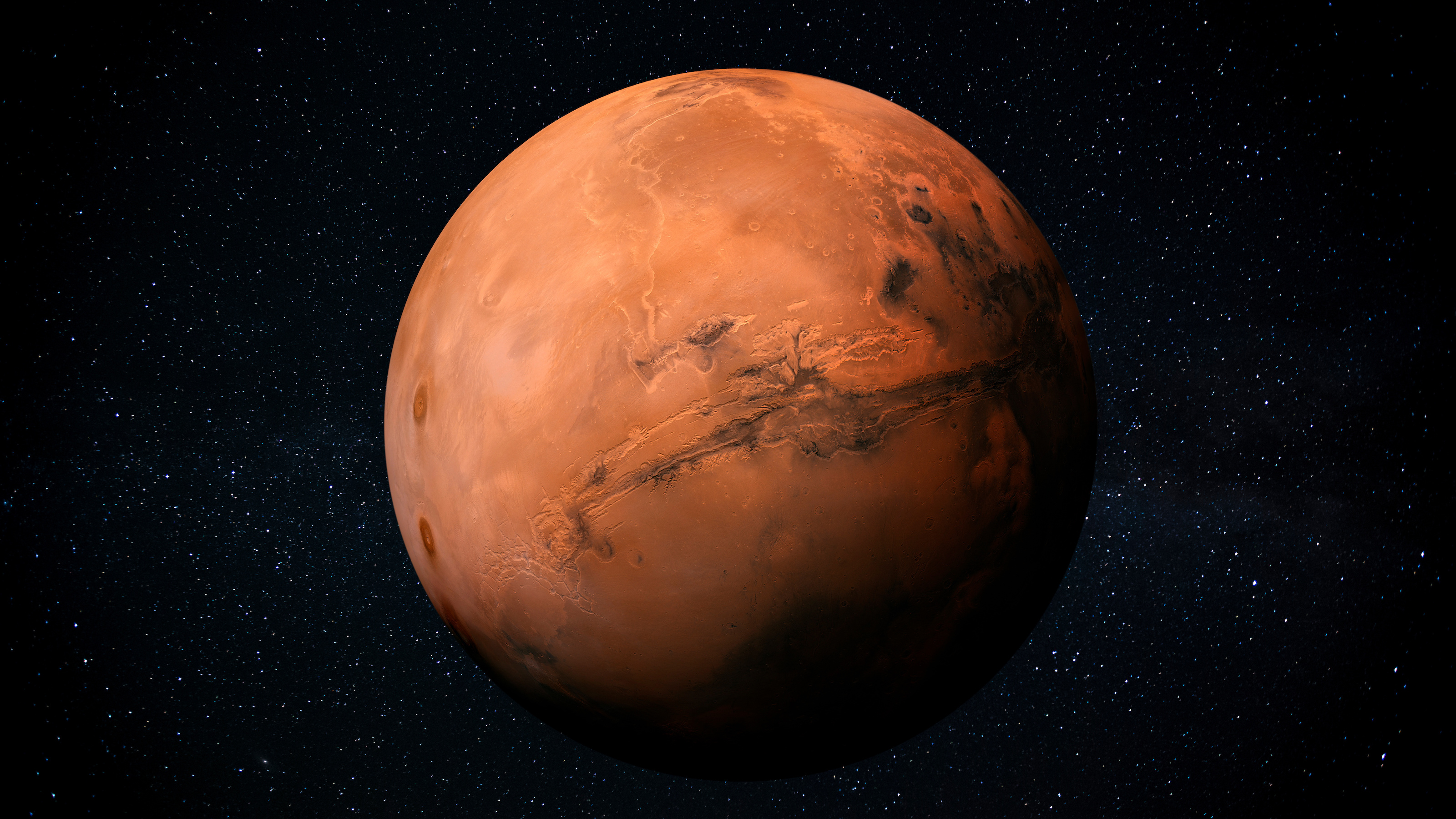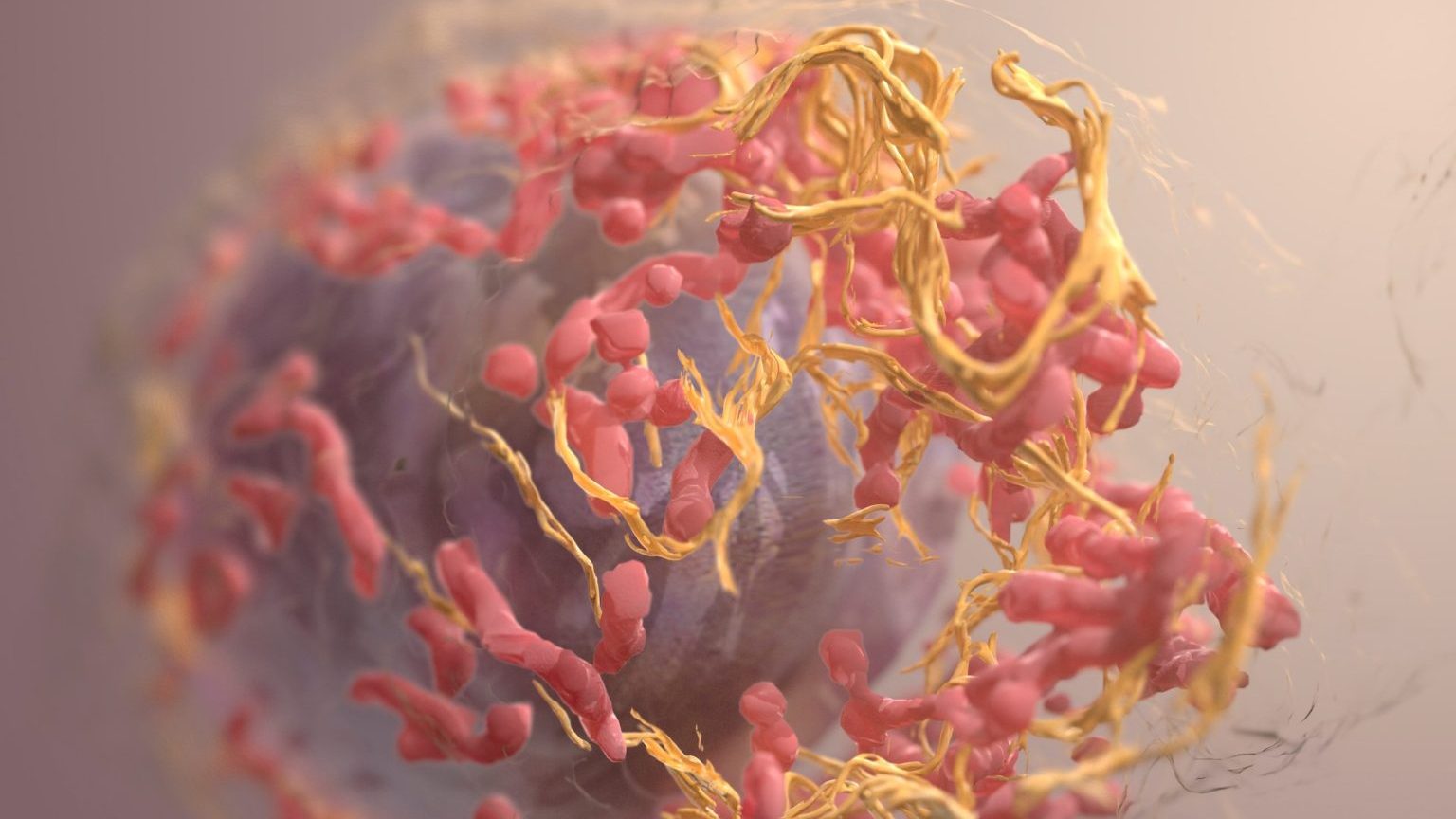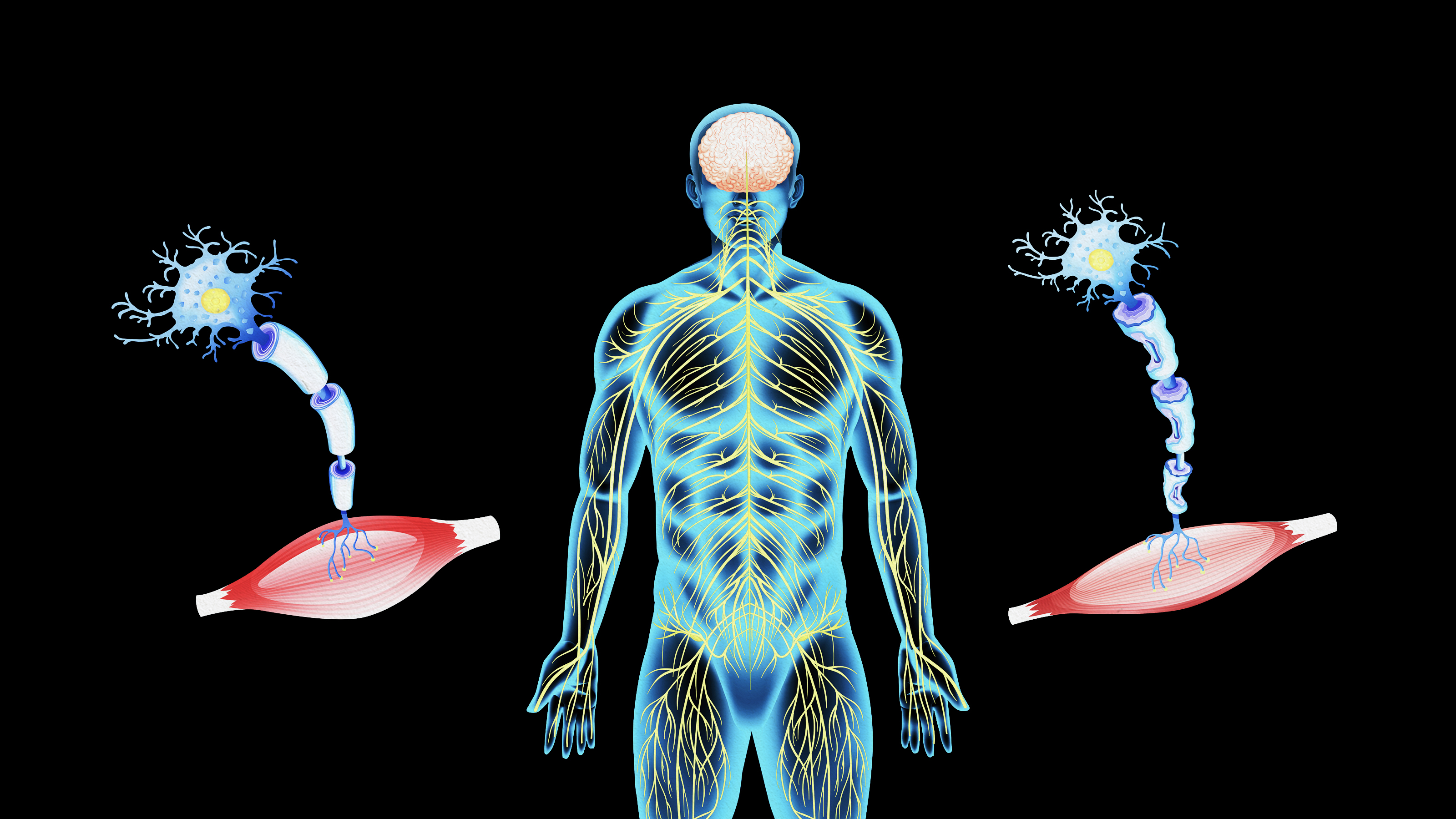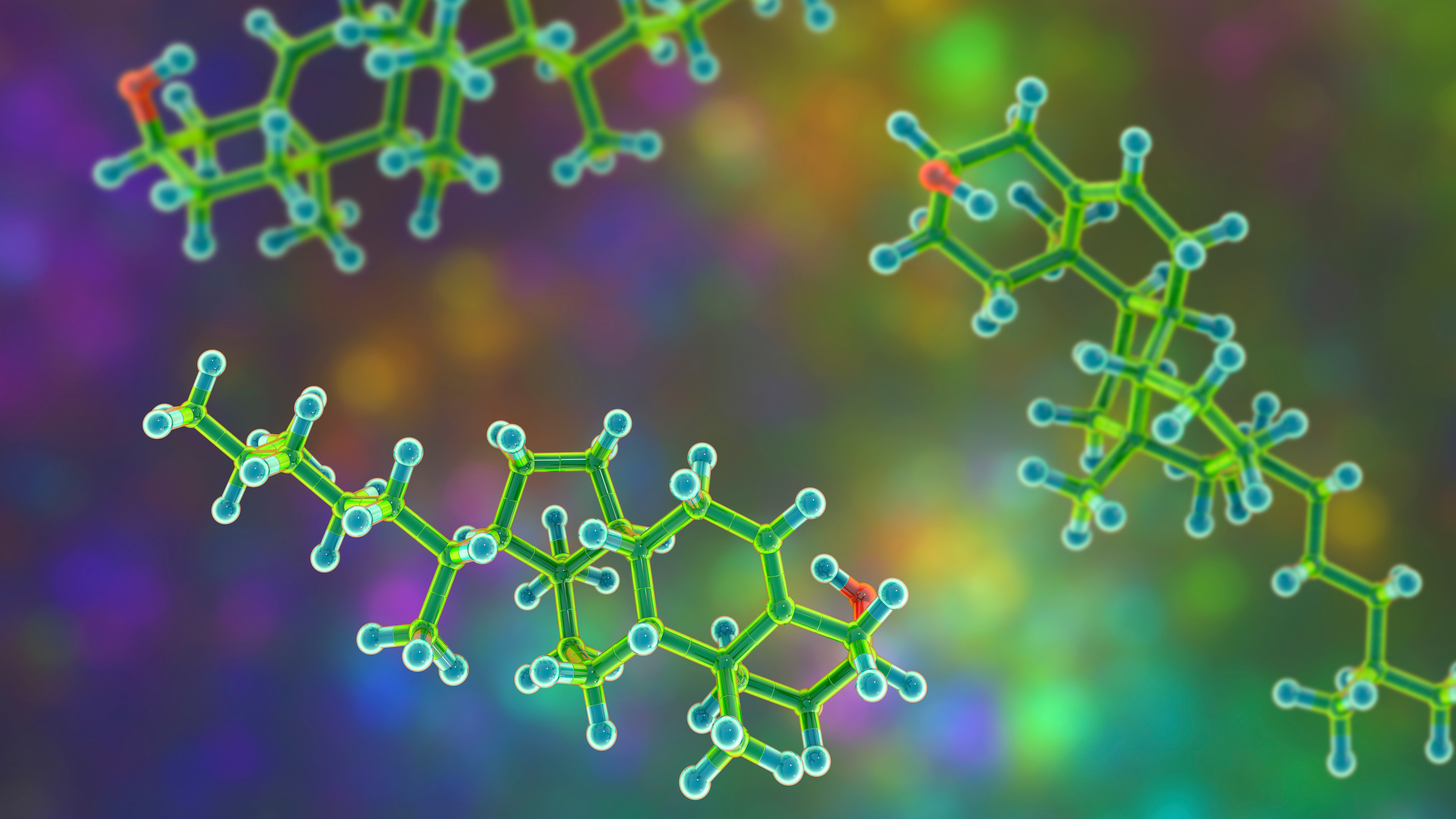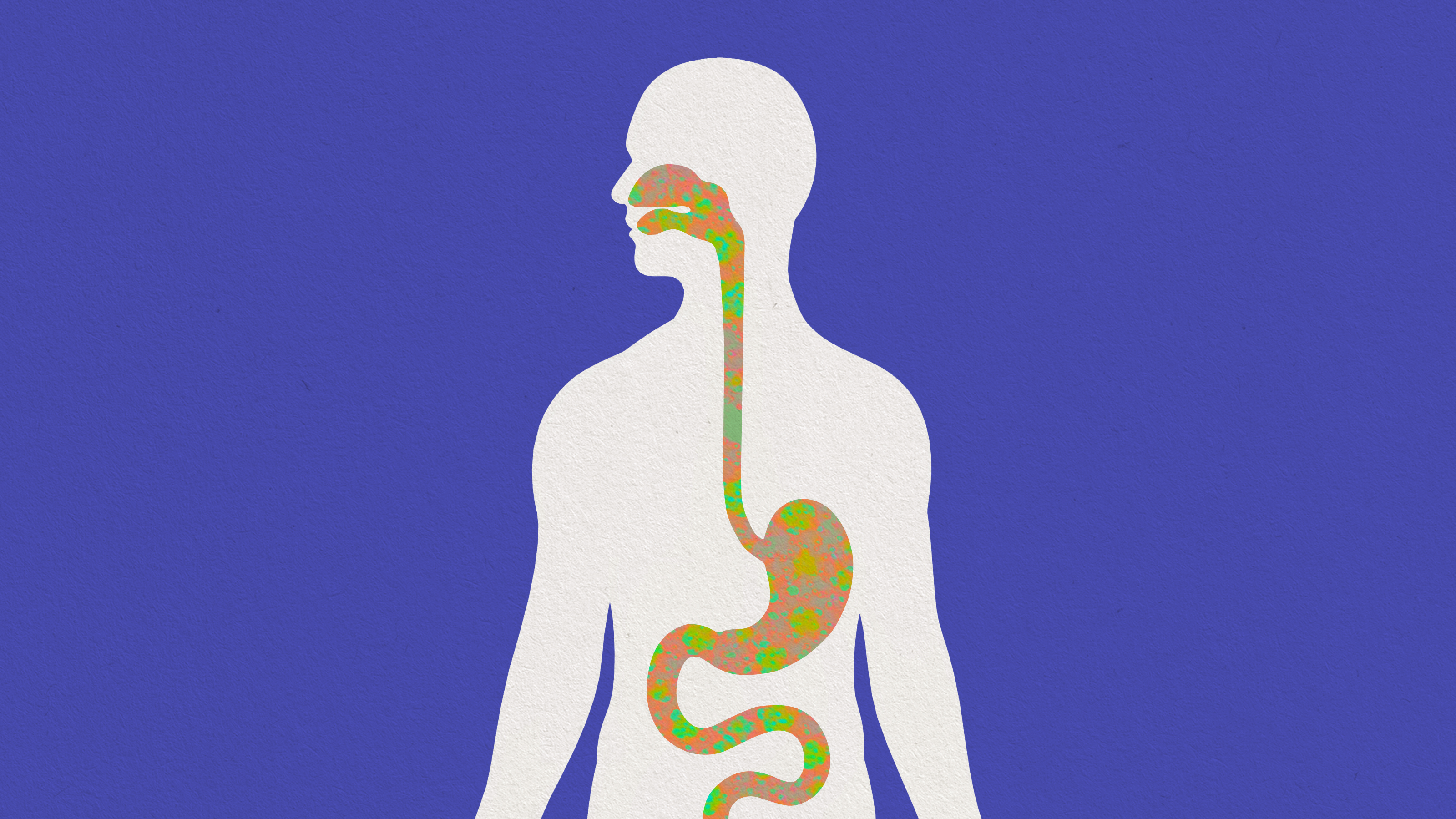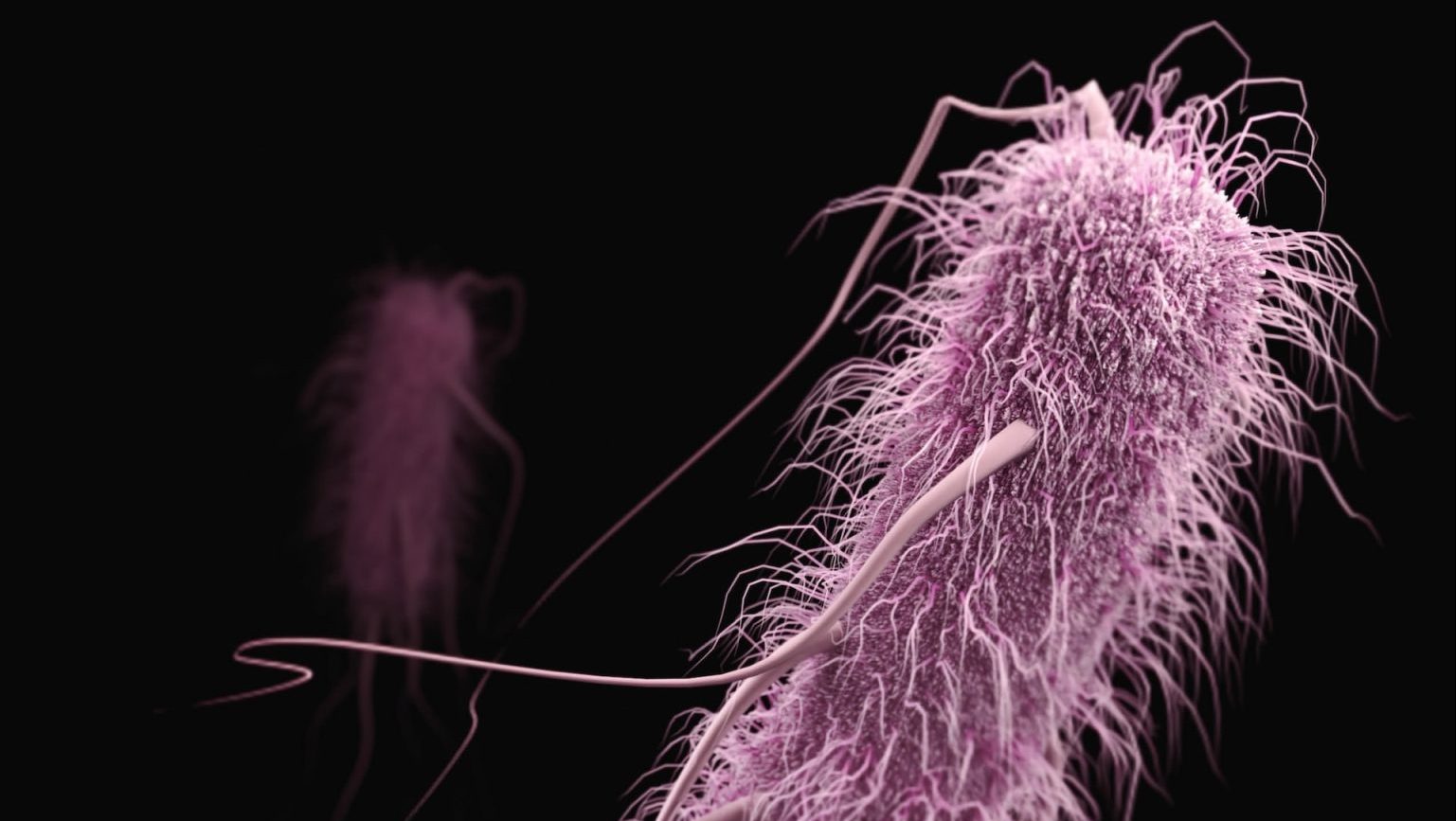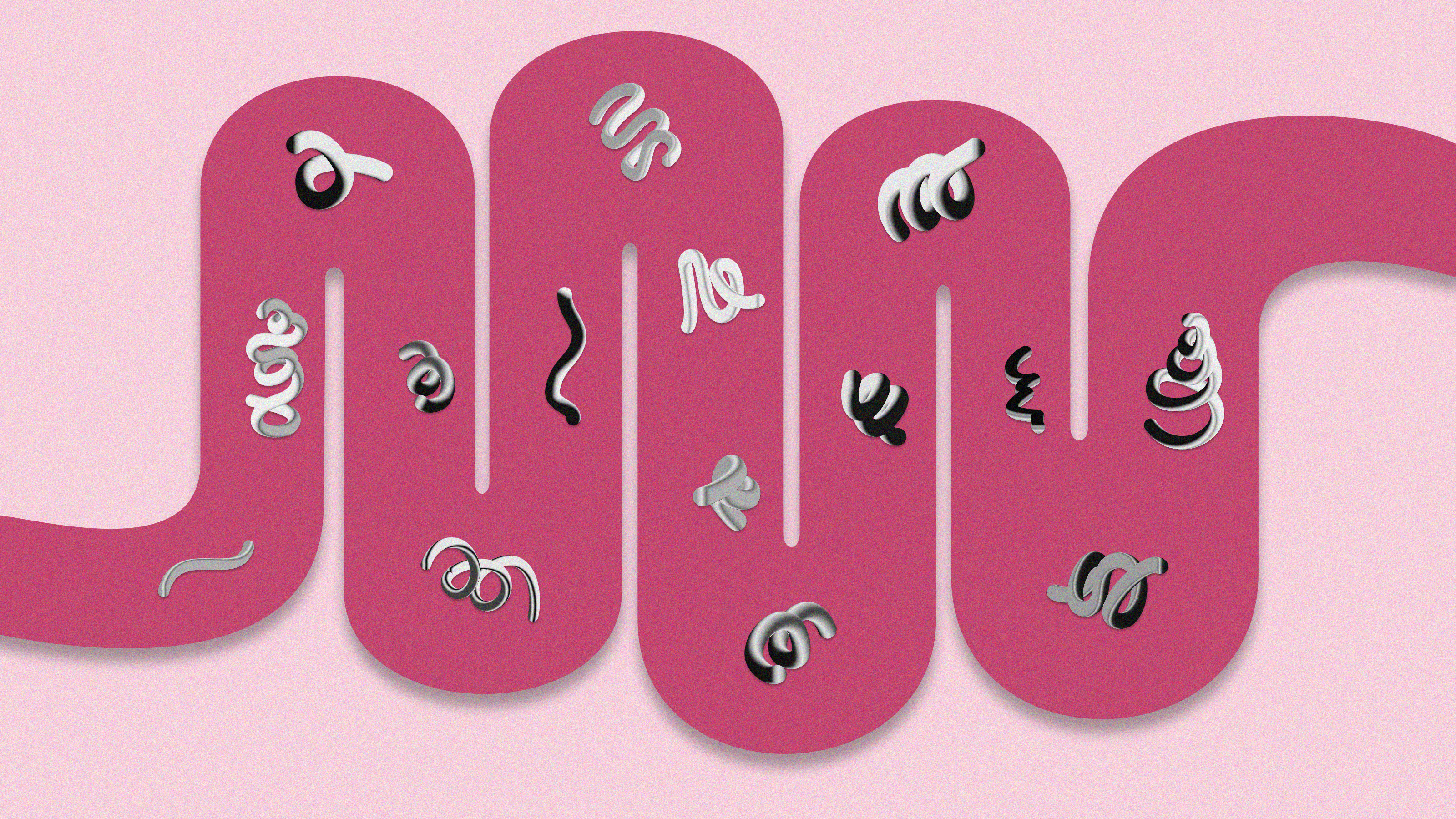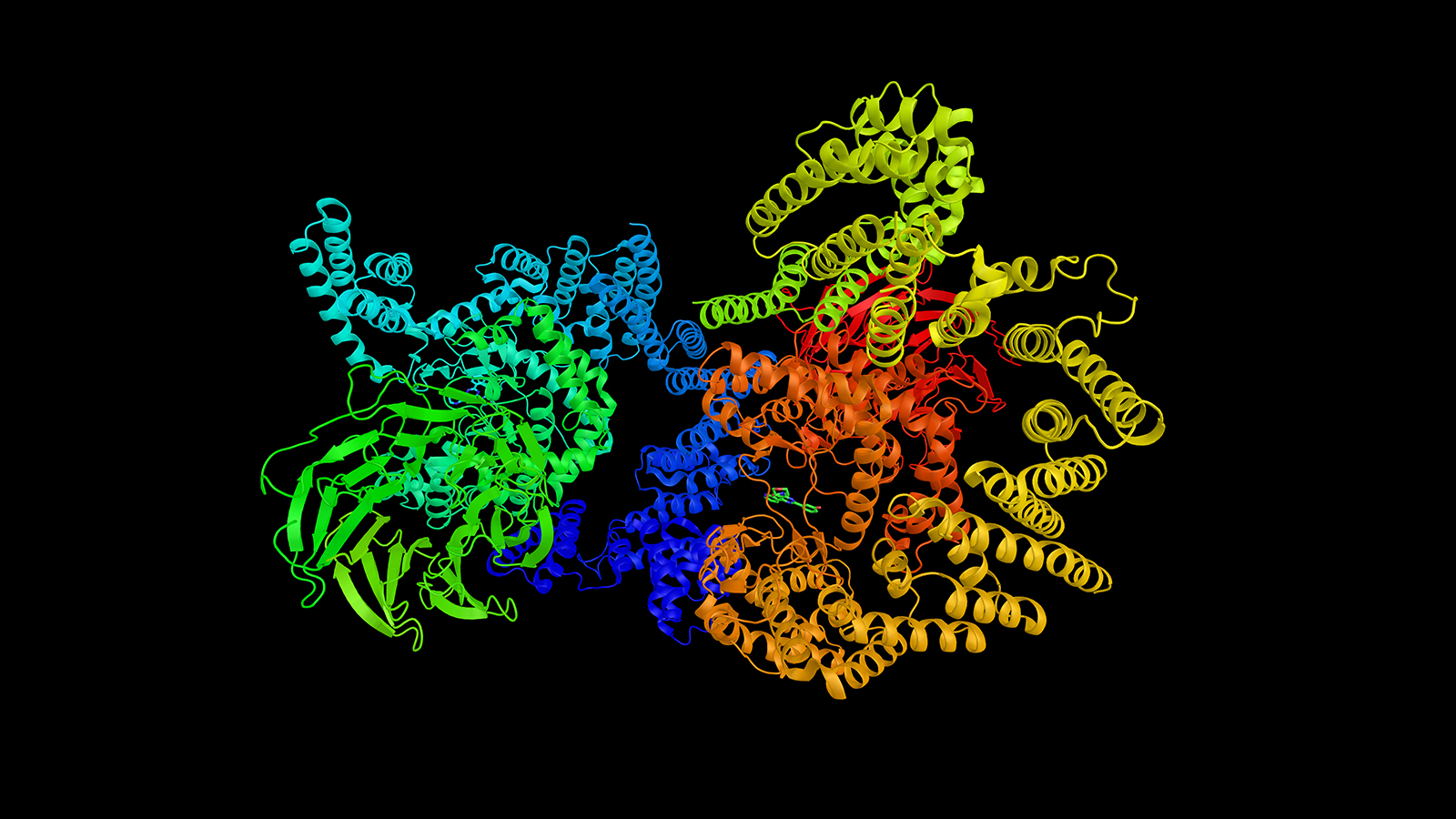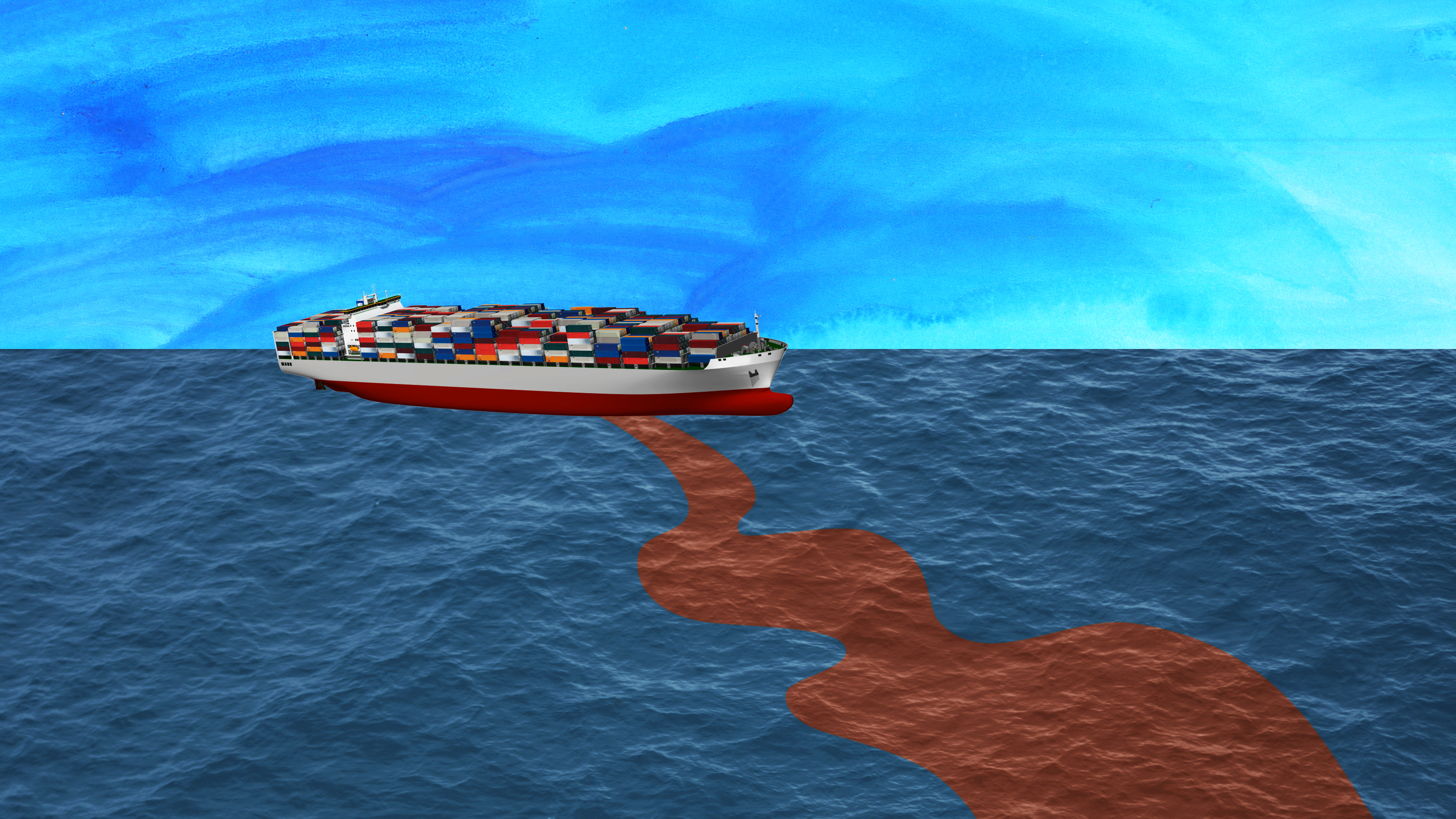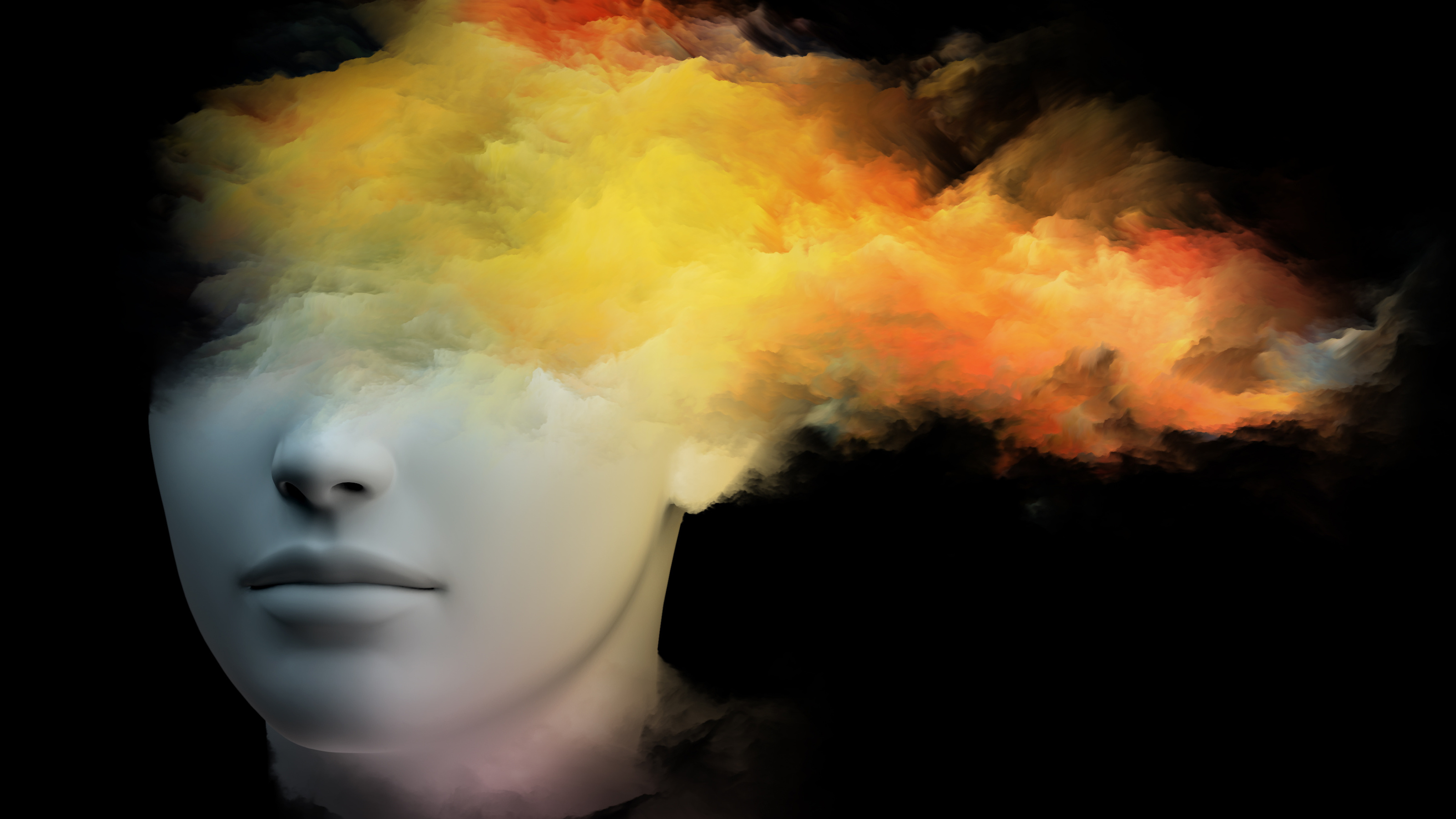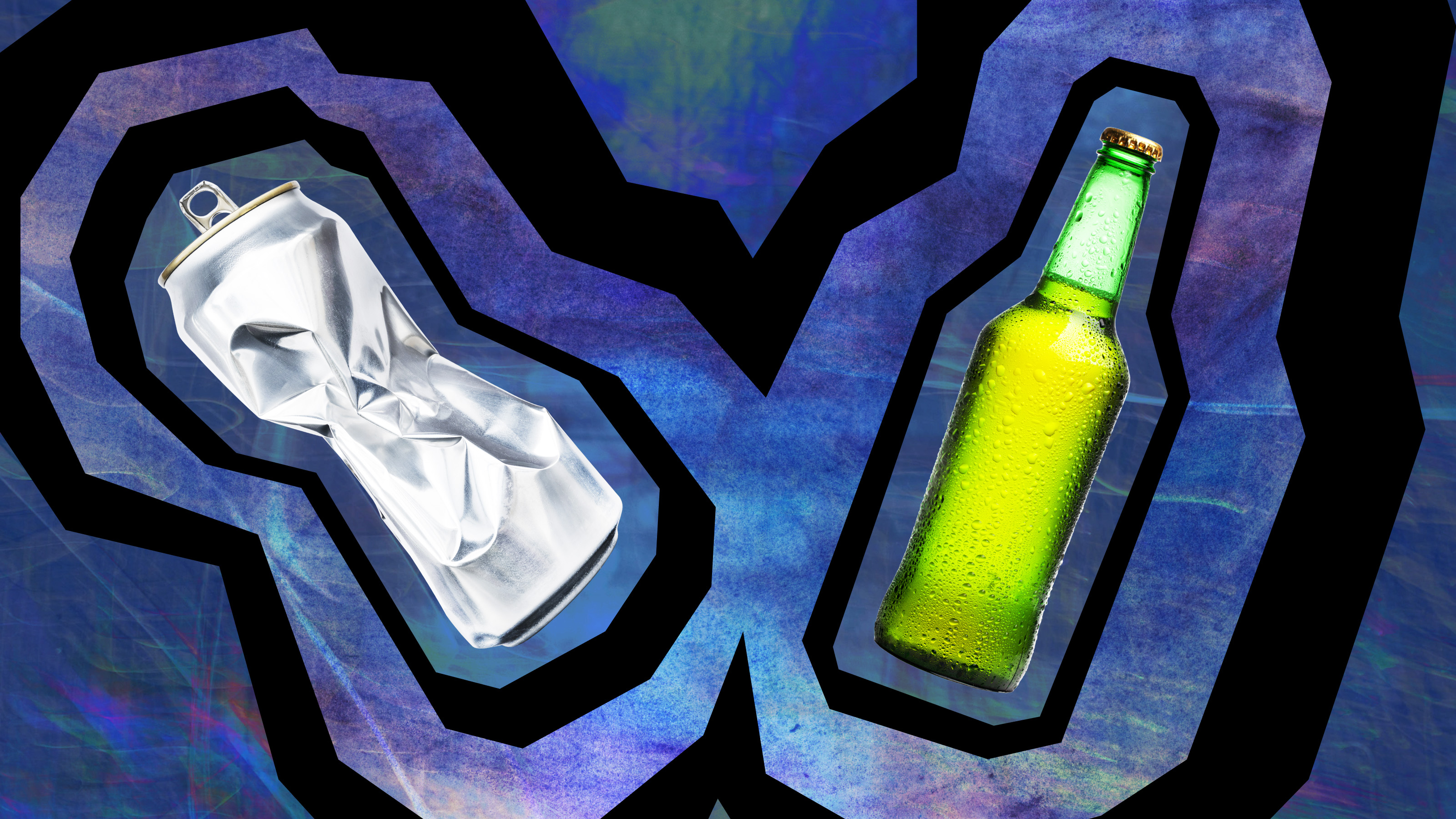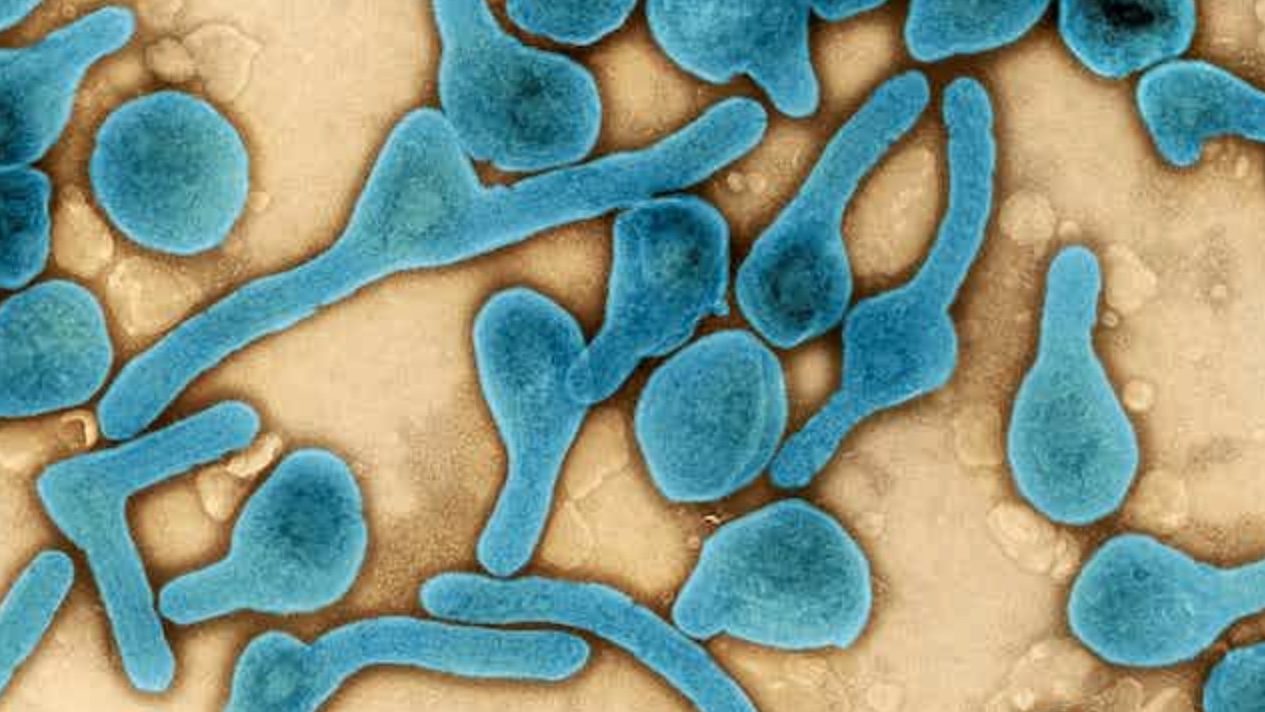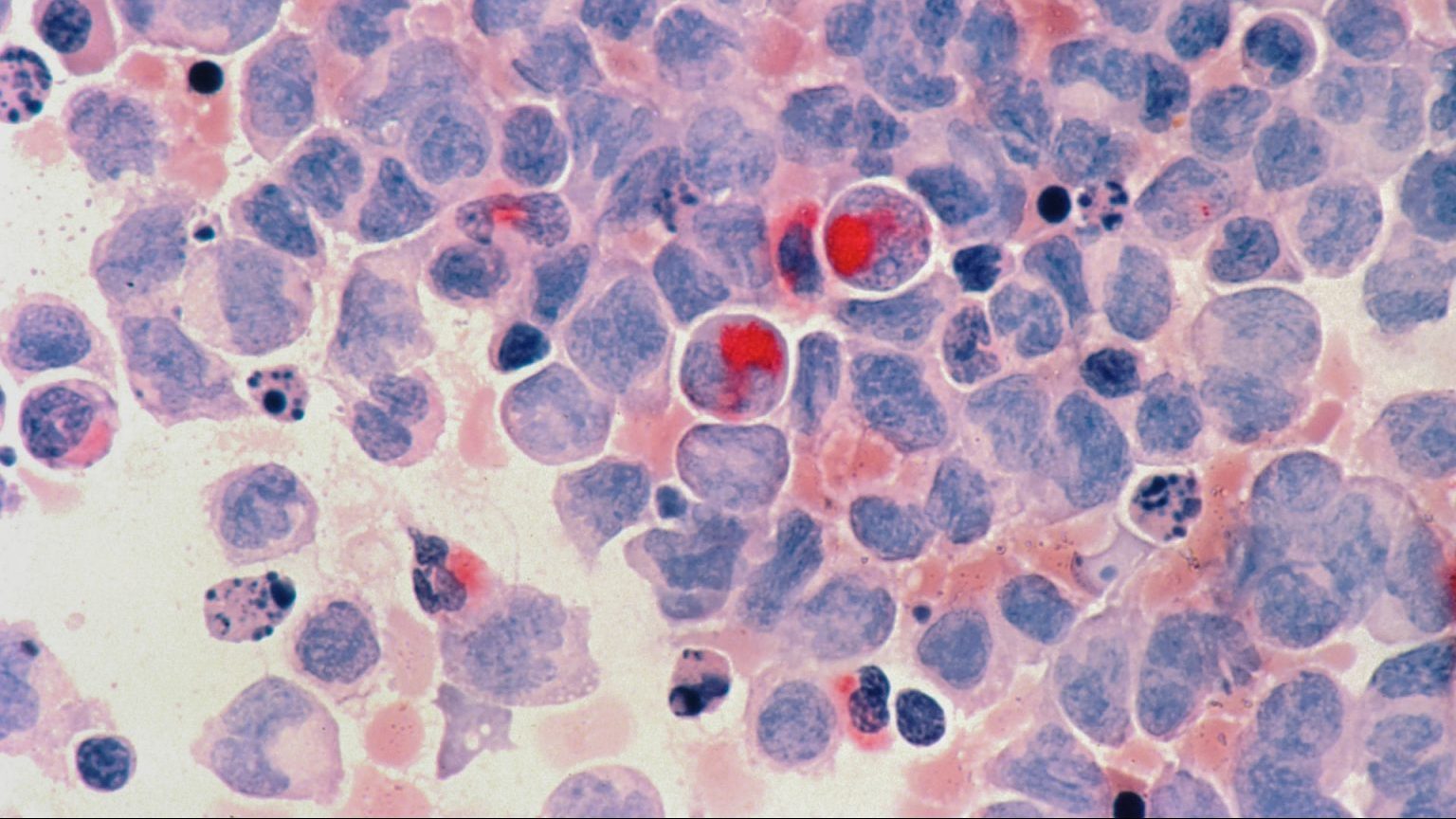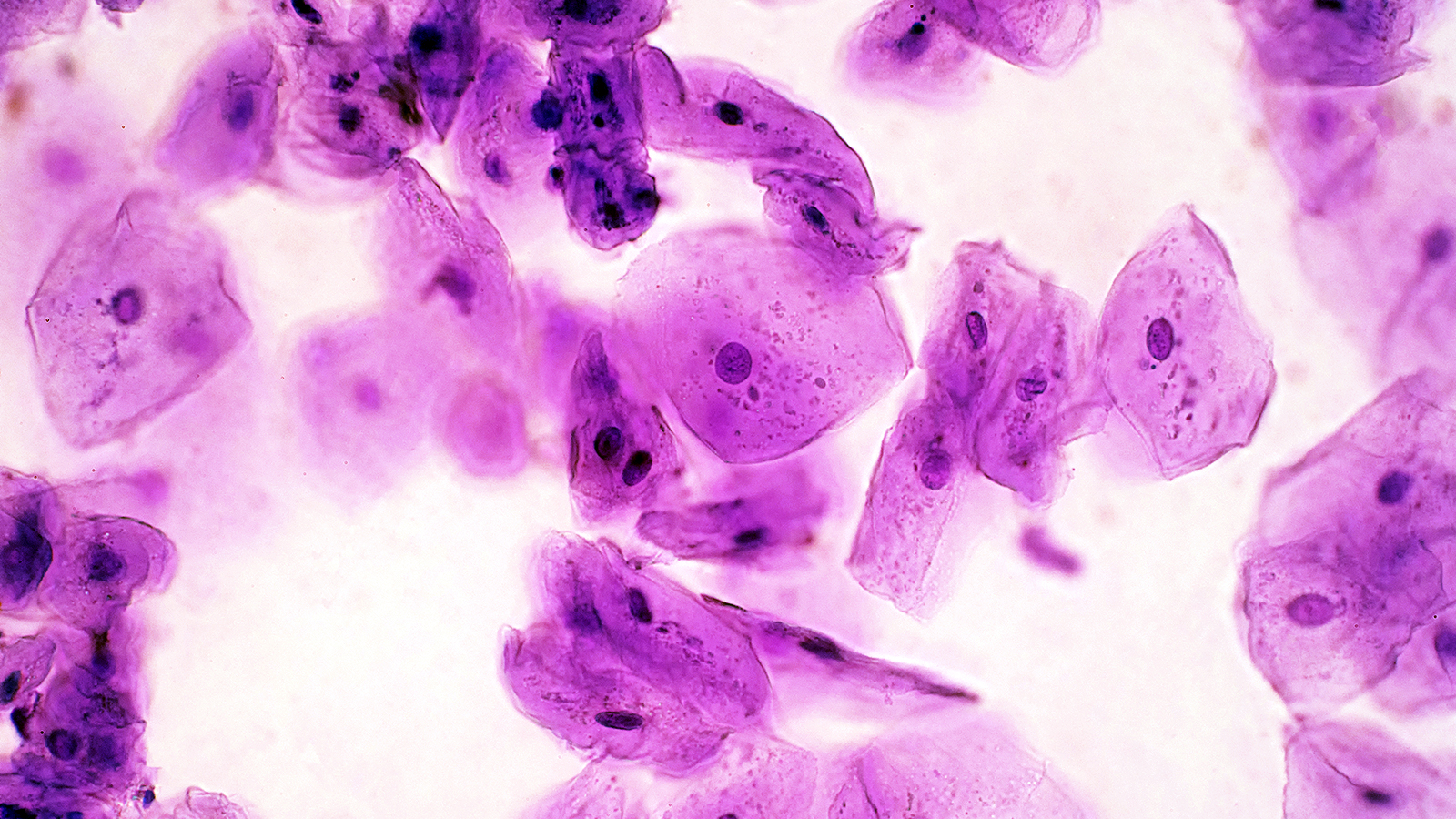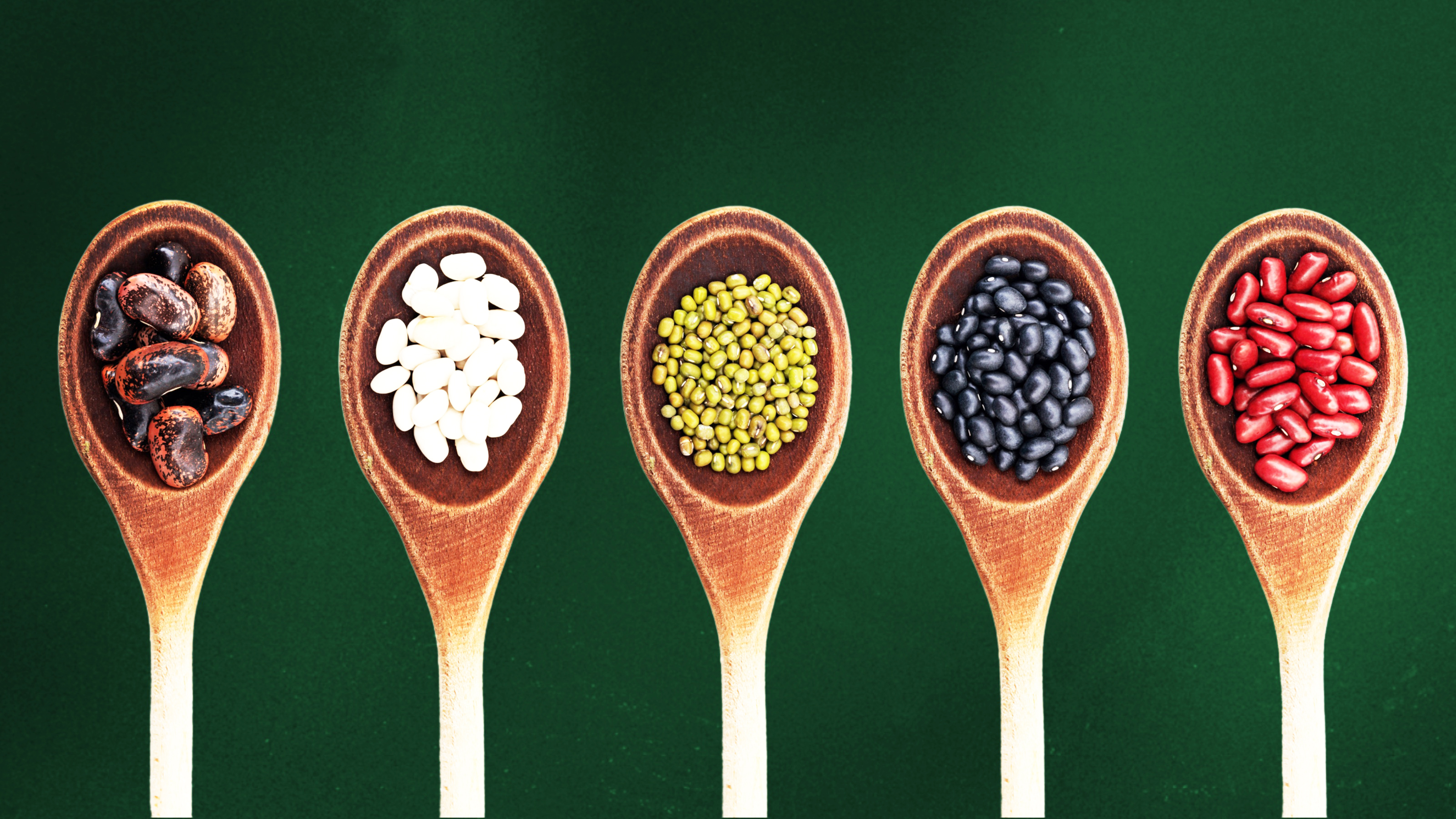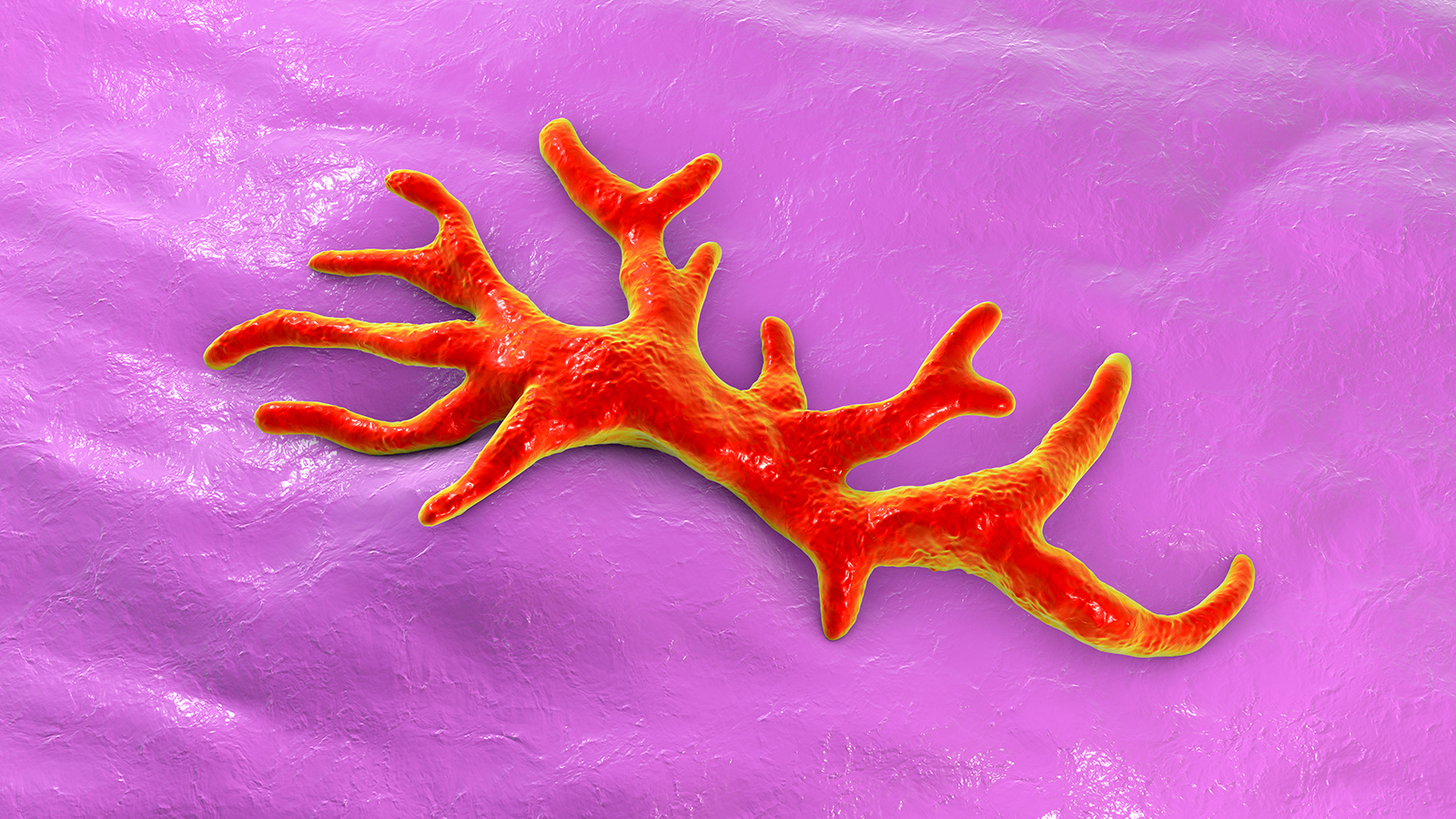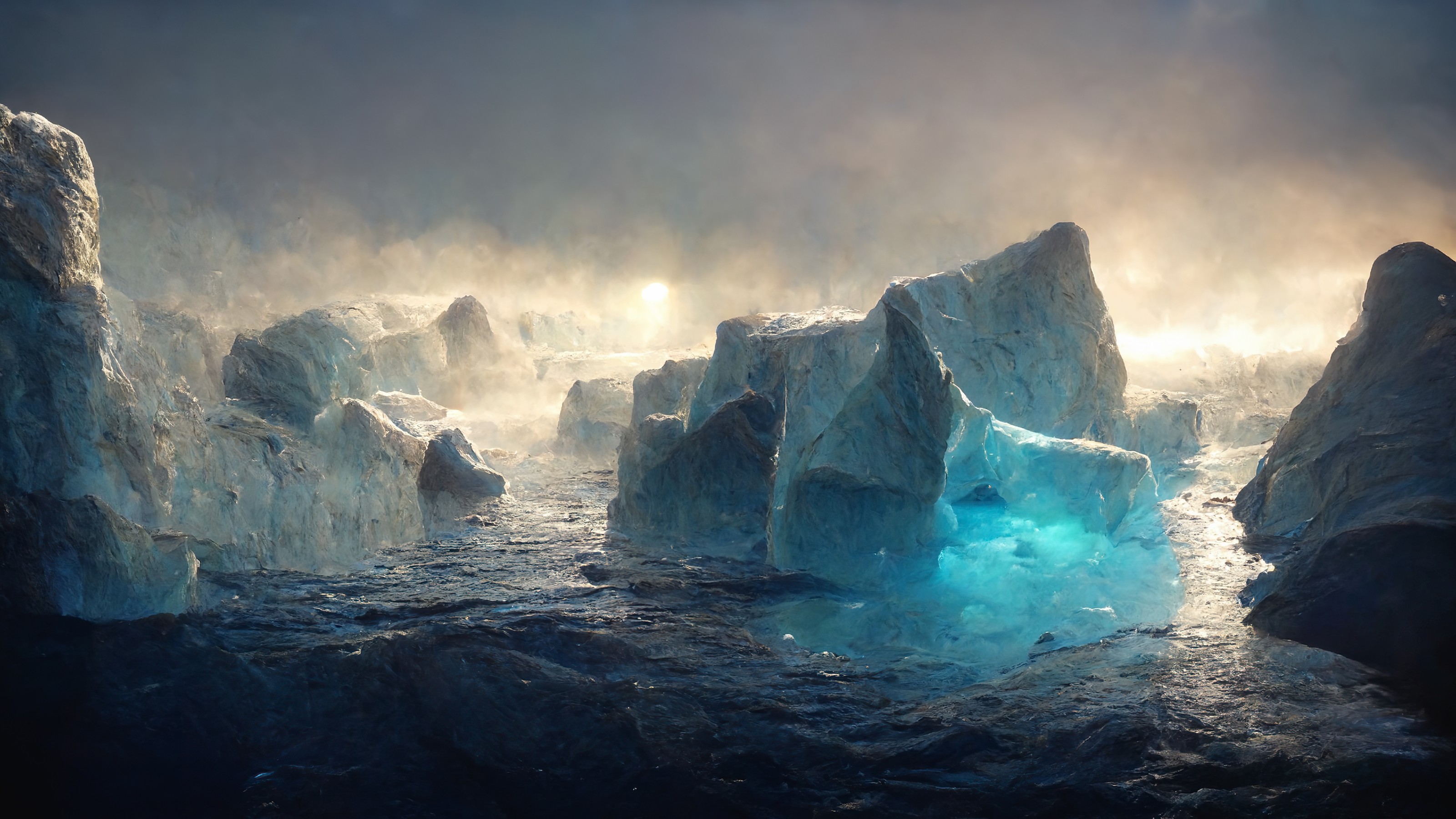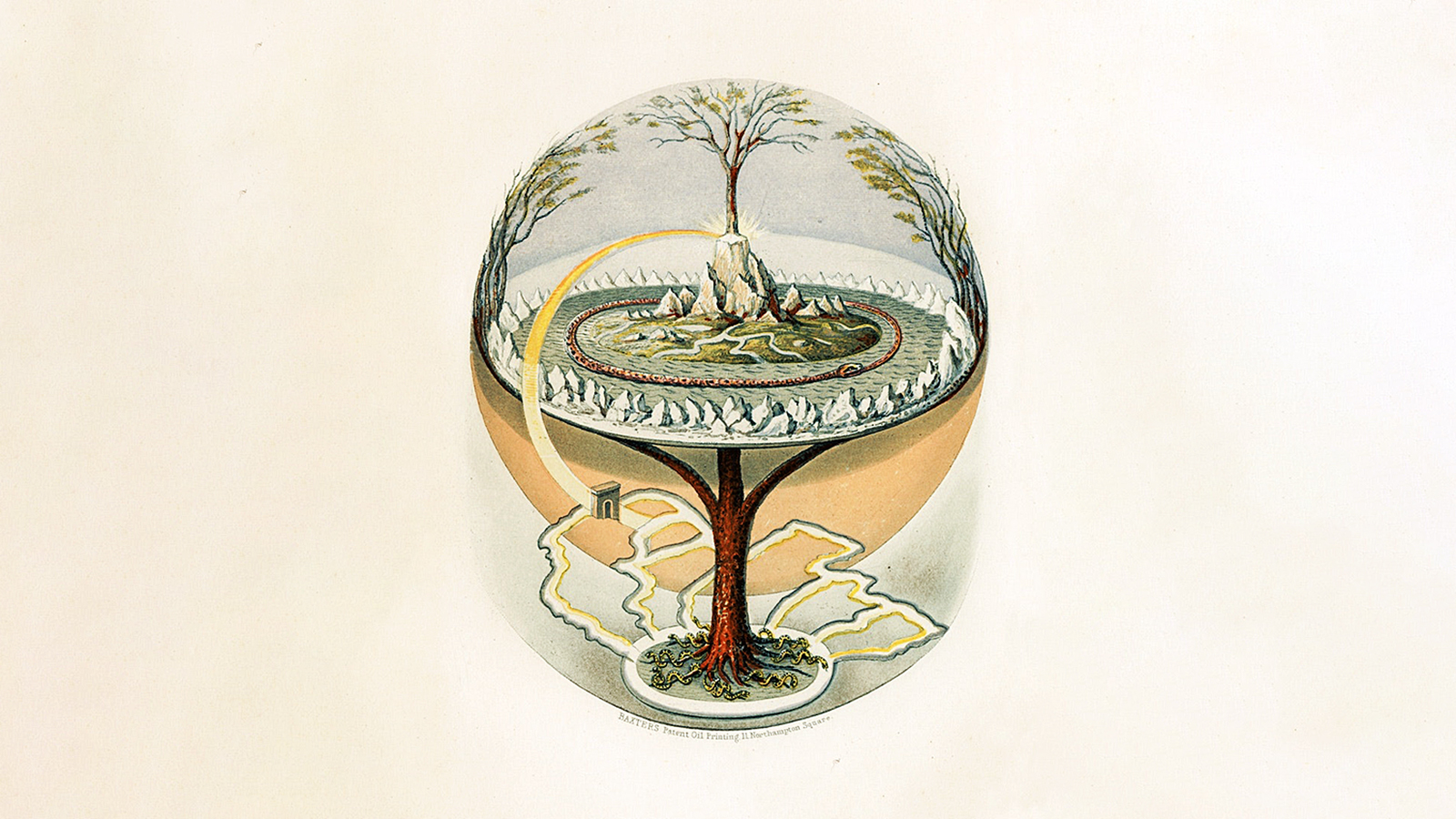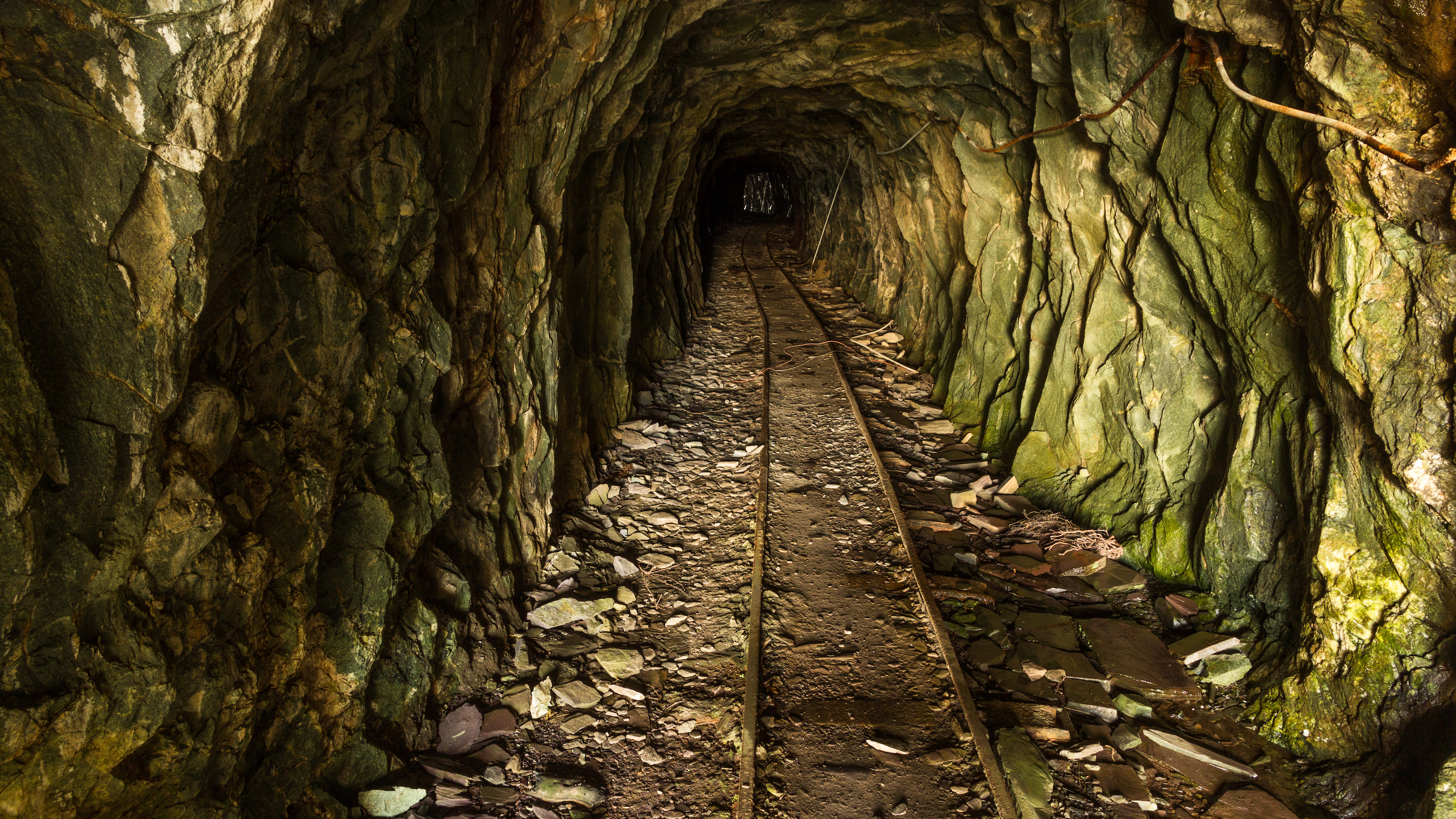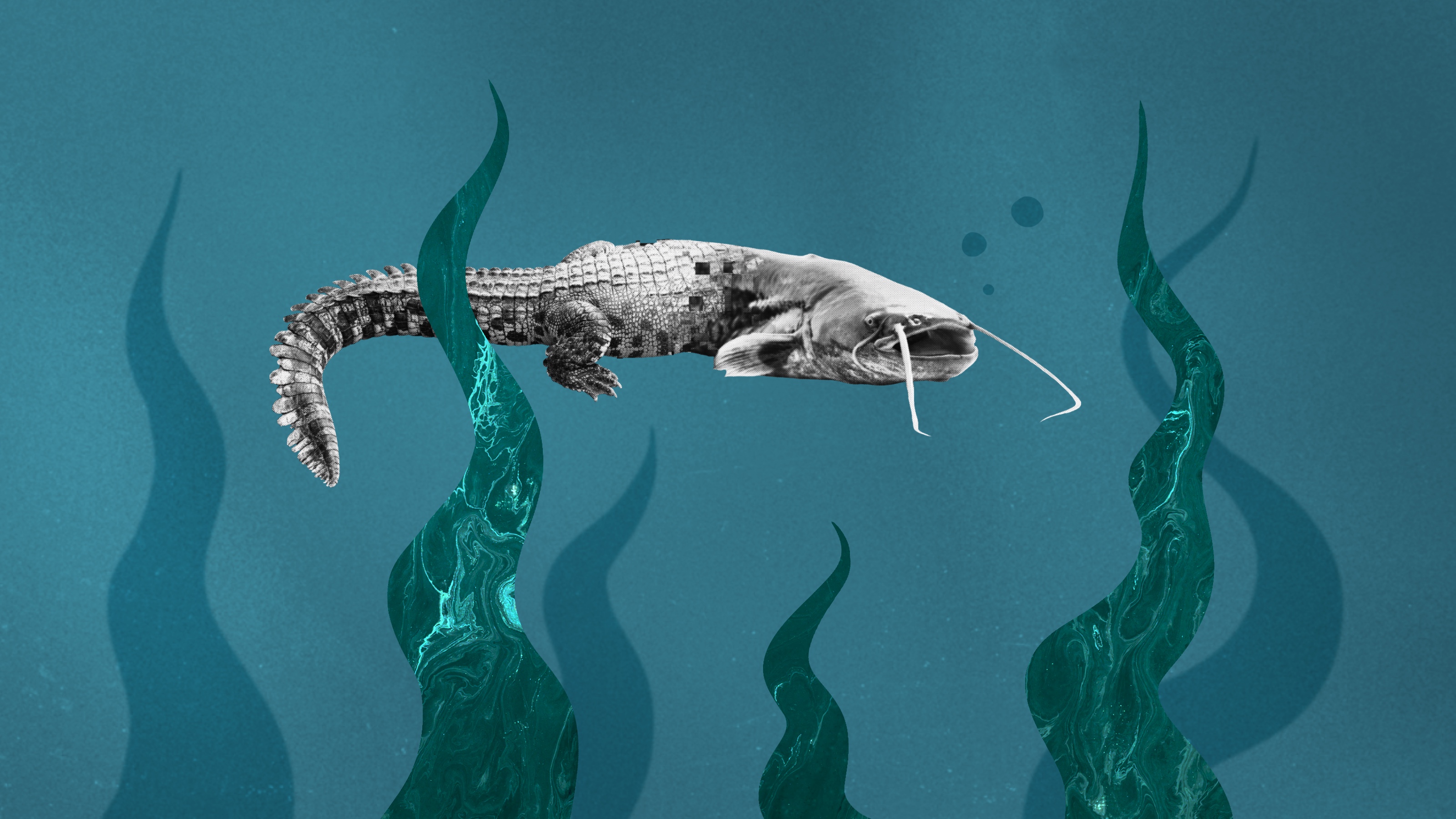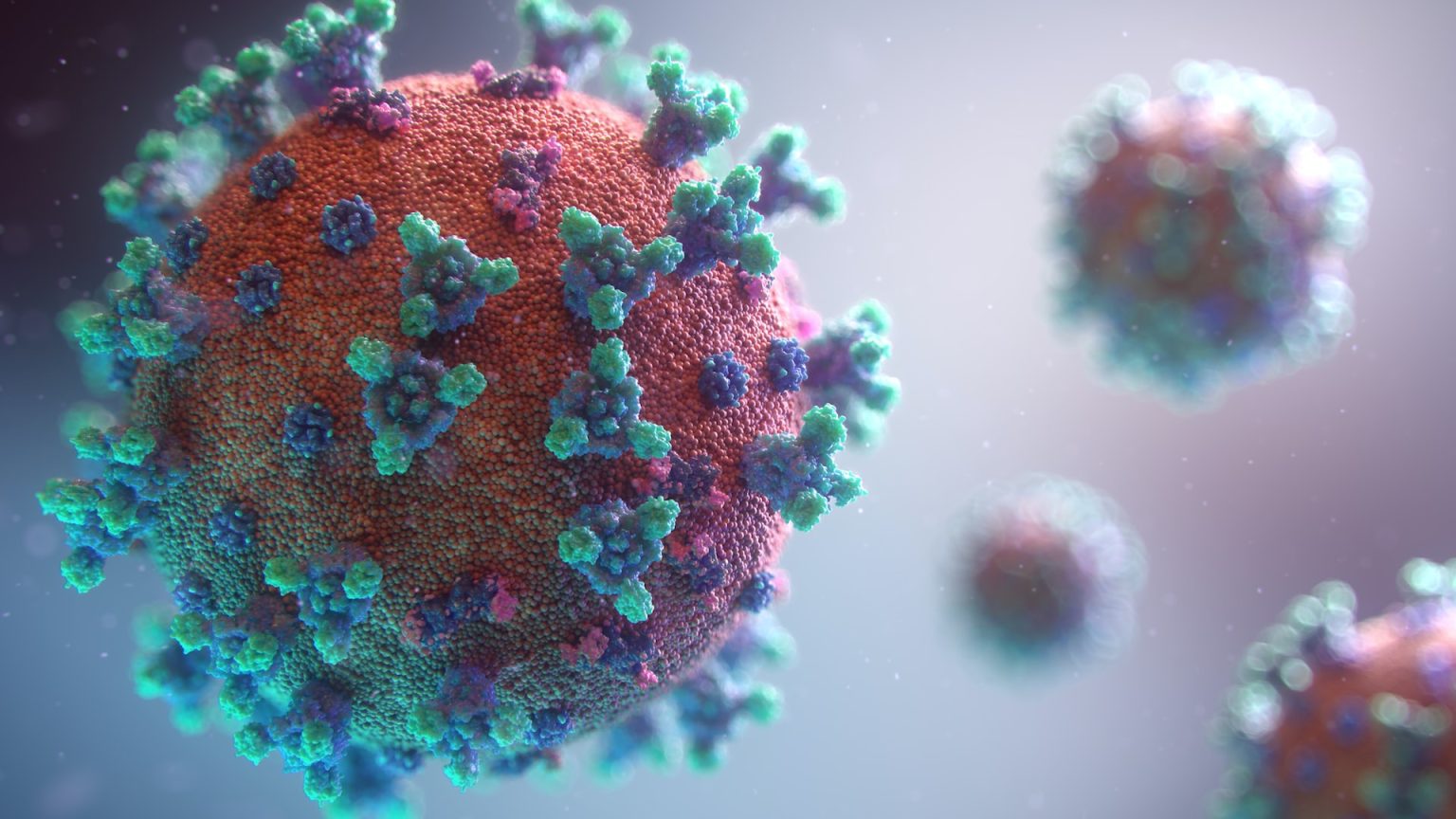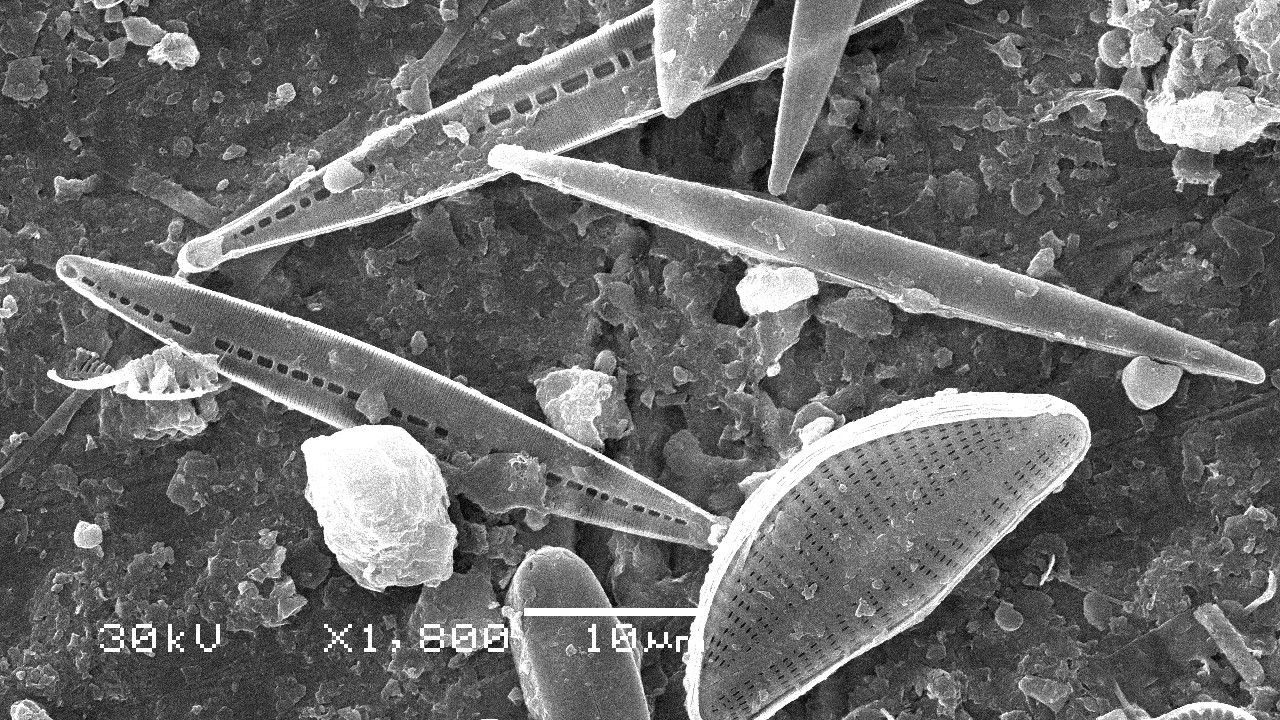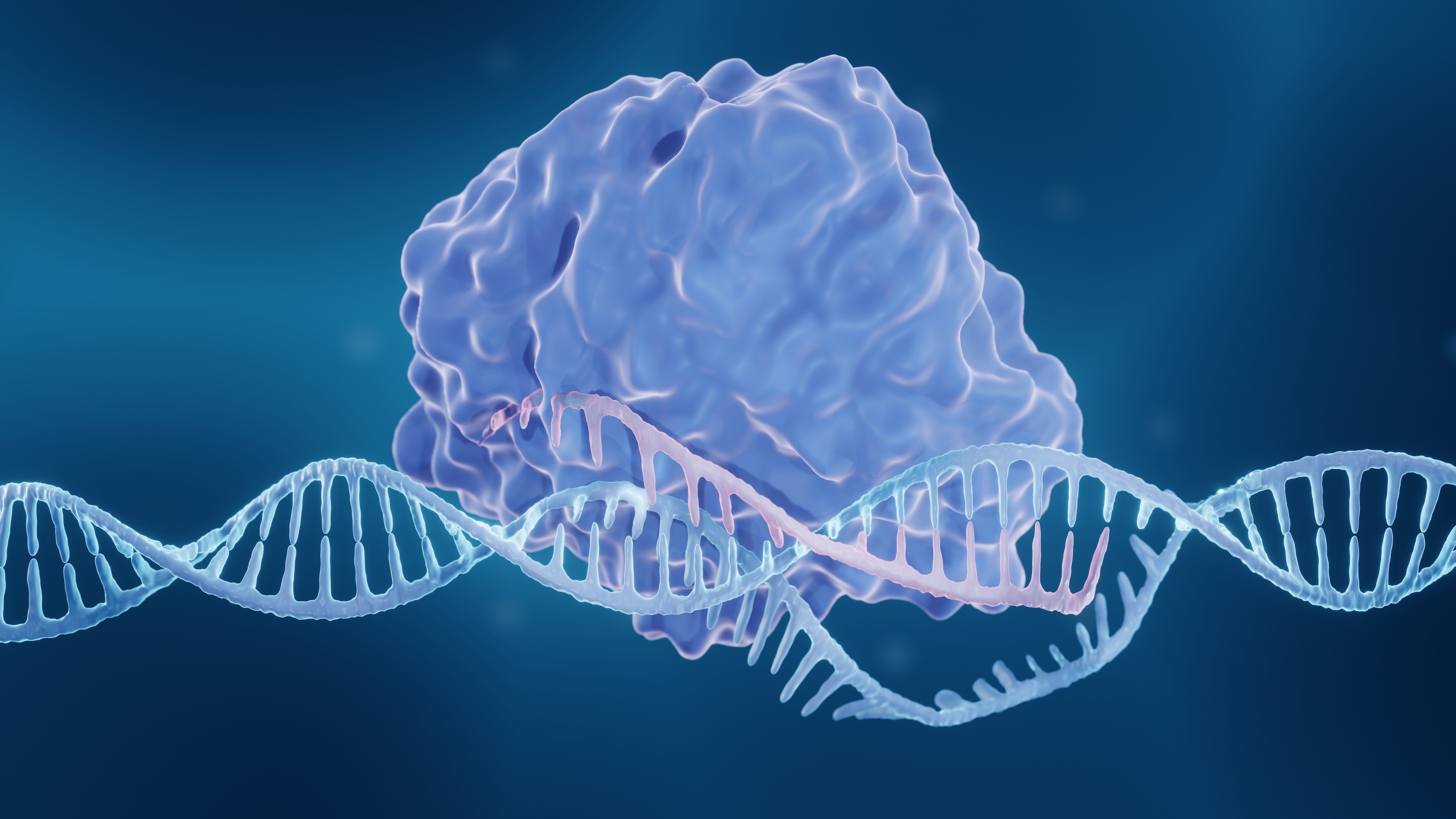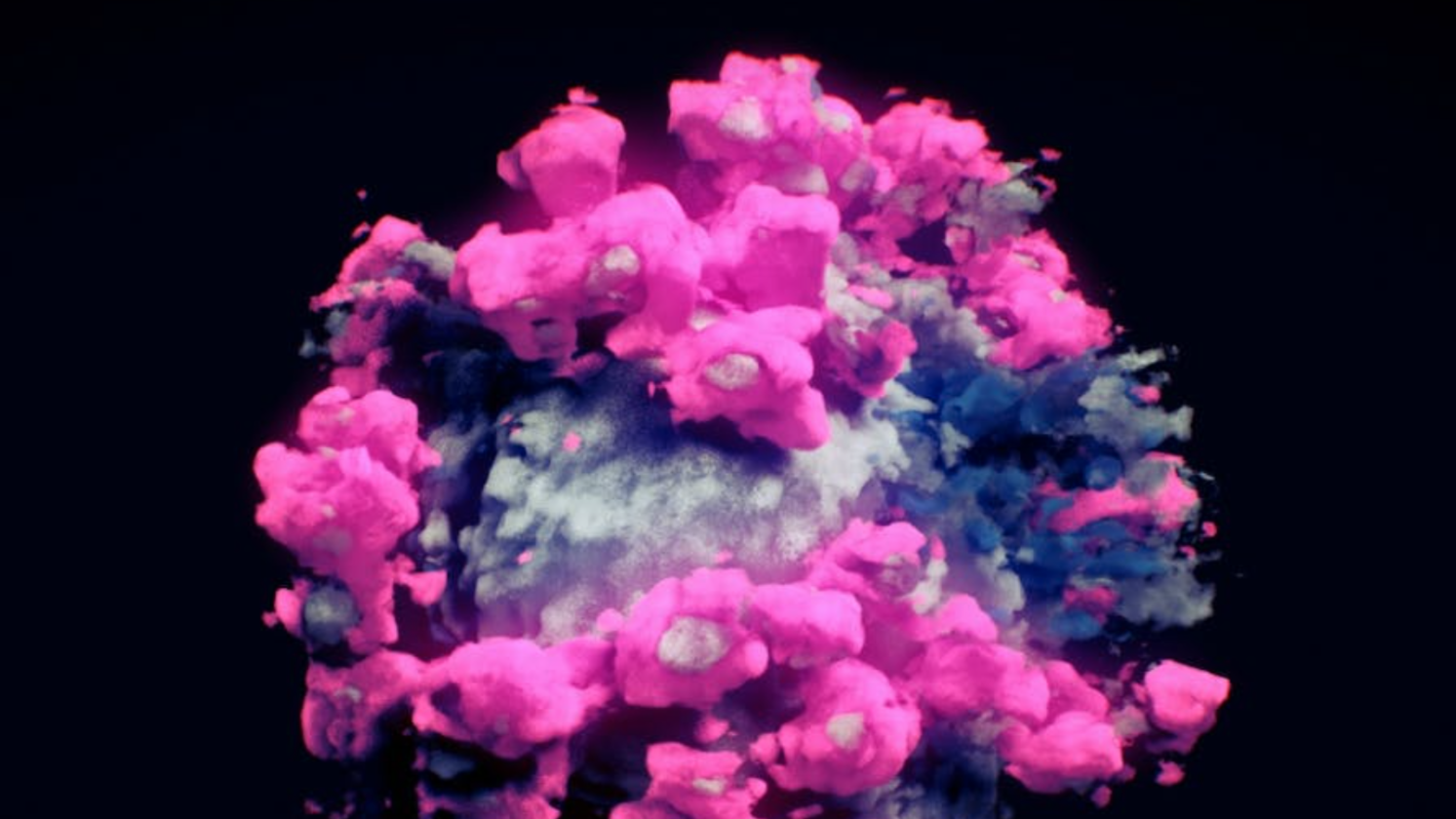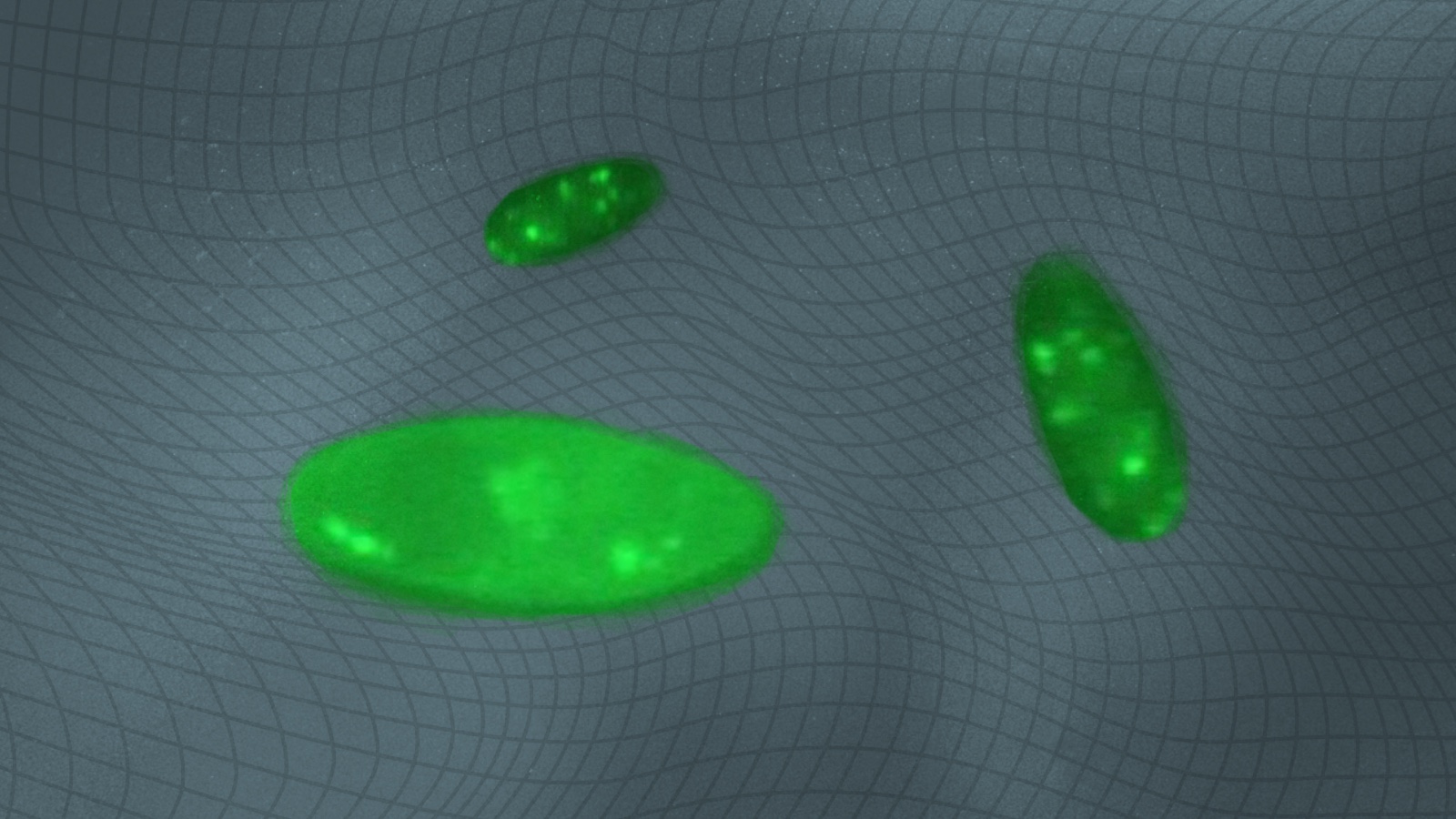microbes
Metaphors like the Great Chain of Being can lead people to misunderstand evolution and humanity’s place in the web of life.
In one experiment, the Viking landers added water to Martian soil samples. That might have been a very bad idea.
“The only options left were experimental approaches in clinical trials.”
“Domesticated viral genes” may not be domesticated as scientists thought.
Embark on a journey through one of the most profound ecological transitions in the history of complex life.
A secret to a long, healthy life may lie in the diversity of gut viruses, which can supercharge bacterial metabolism and resist disease.
Some scientists think we should allow our bodies to more harmlessly live with pathogens until they’re cleared from our systems.
Desperate times call for desperate measures.
Striking differences in the composition of the gut microbiome suggest that fermented food could help those suffering from anorexia.
Rapamycin is potentially the most powerful anti-aging drug ever discovered. However, due to its unlucky history, few know of it.
To protect yourself, you need an antifungal rather than an amulet.
Ocean fertilization is extremely controversial, but if done correctly, it just might work.
The study was small and didn’t include a placebo group, but there is reason to believe that the drugs really do work.
Beer’s flavor begins to change as soon as it is packaged. Are cans or bottles better at preserving flavor?
Marburg virus, like its cousin Ebola, causes severe disease, with fatality rates ranging from 22% to 90%.
The road to intelligent life is a series of hard steps.
Epigenetic entropy shows that you can’t fully understand cancer without mathematics.
Gum disease begins in the mouth but spreads to the joints. Rheumatoid arthritis is just one of several diseases linked to poor oral health.
We may have discovered alien life already but rejected the evidence too quickly because it seemed false at first glance.
The pathogen typically kills more than 90% of people it infects.
Some microbes can withstand Earth’s most inhospitable corners, hinting that life may be able to survive similarly extreme conditions on other worlds.
According to Peter Ward’s “Medea hypothesis,” photosynthesizing organisms regularly doom most life on Earth by over-consuming carbon dioxide.
Slimy biofilms made up of bacterial and eukaryotic life forms have taken over an abandoned, flooded uranium mine in Germany.
Disease kills off 40% of farmed catfish. This gene protects them.
Viruses, it turns out, can block one another and take turns to dominate.
Each year, several trillion pounds of microscopic silicon-based skeletons fall down the water column to pile up into siliceous ooze.
Once activated, the CRISPR-Cas12a2 system goes on a rampage, chopping up DNA and RNA indiscriminately, causing cell death.
Cryo-electron tomography, or cryo-ET, is the future of cell research.
Carnivores, herbivores, omnivores — and now virivores.
